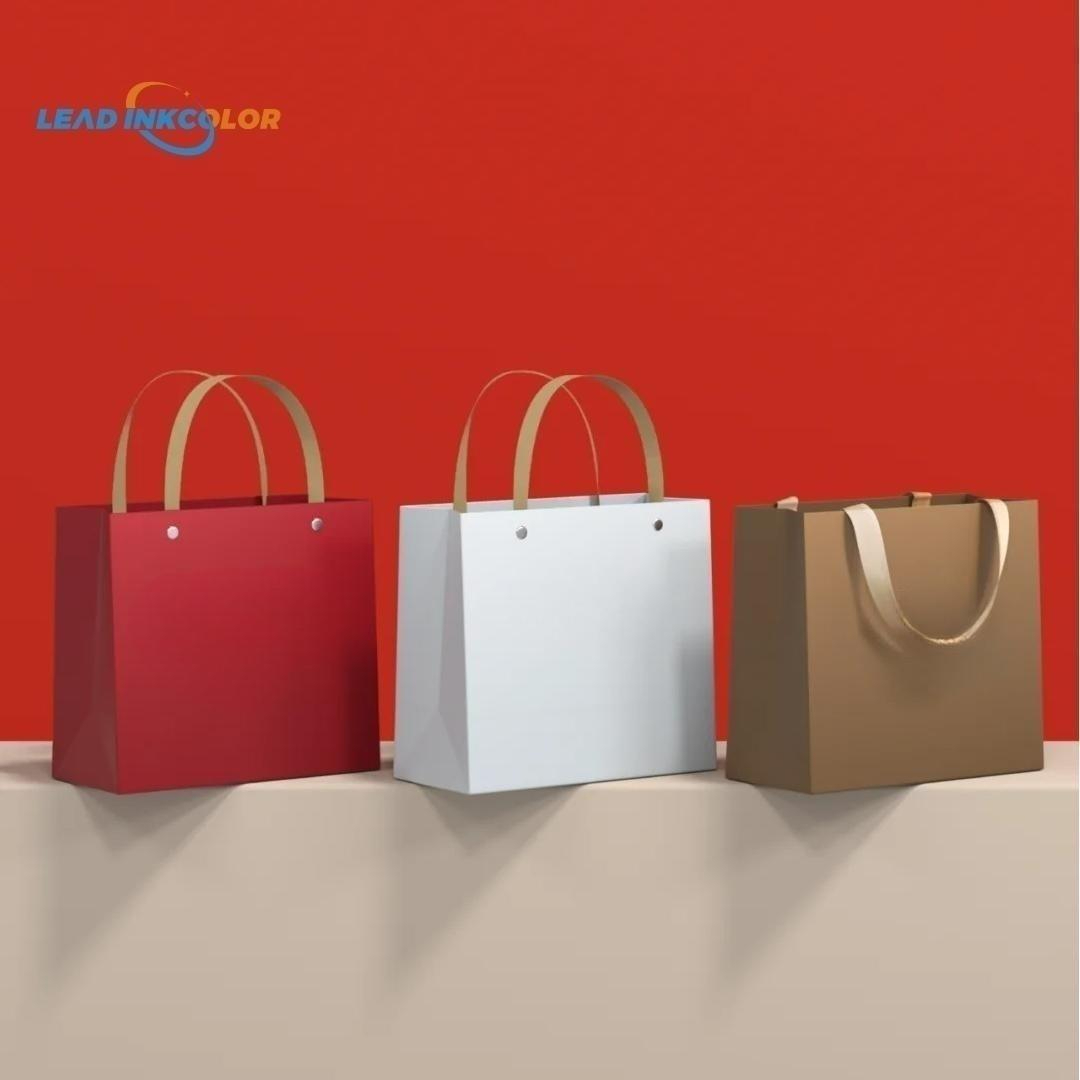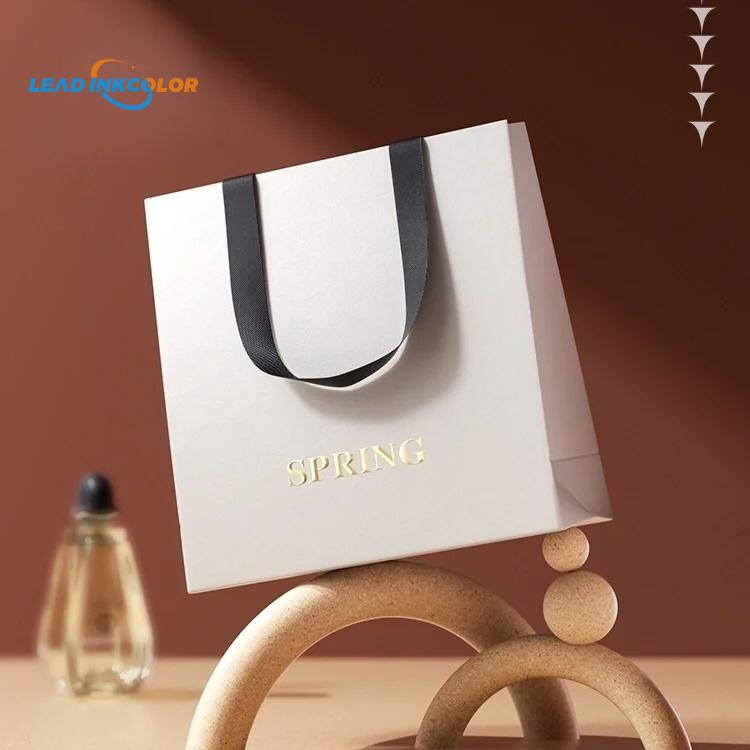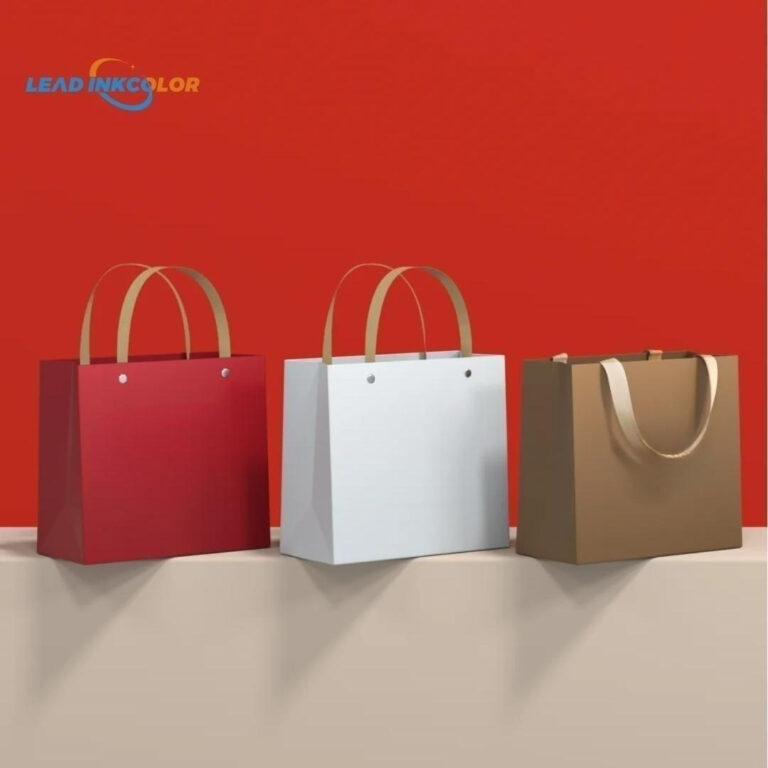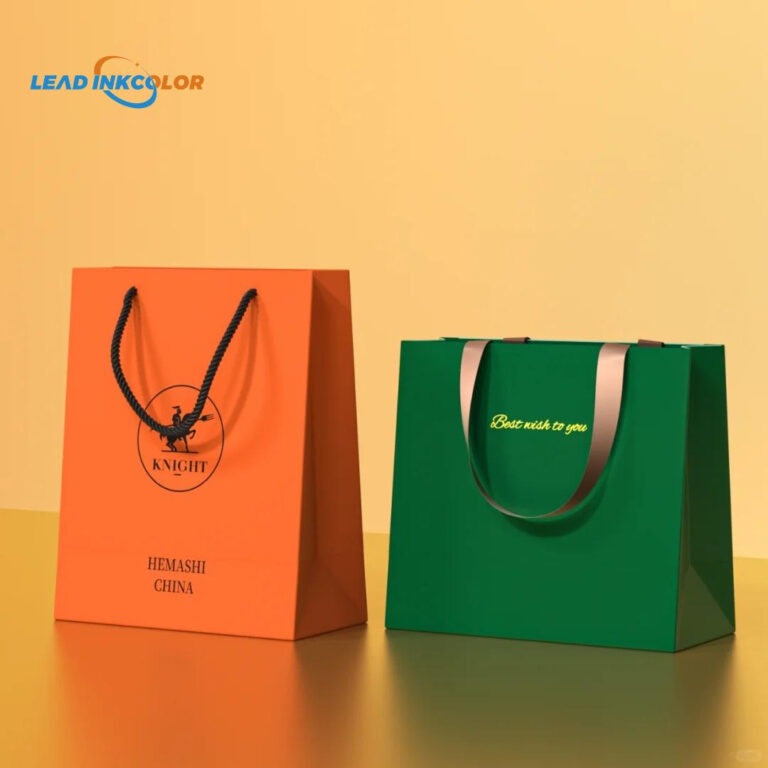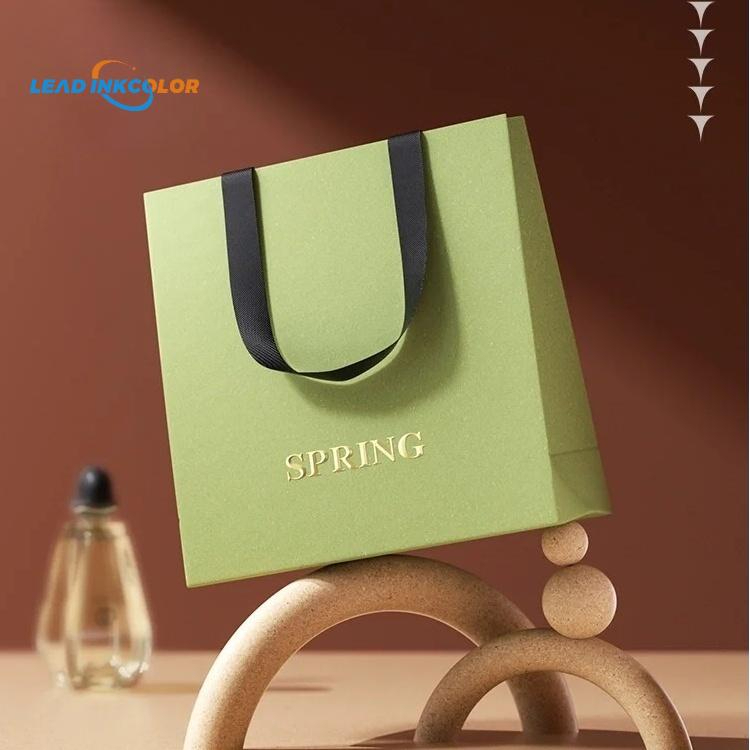Perfume Packaging: An Introduction to the Industry
The perfume industry is a multibillion-dollar market, with a wide range of products available. From high-end luxury fragrances to affordable niche brands, the options are endless. However, one aspect that often gets overlooked is the packaging of perfumes. Perfume packaging is an essential part of the overall product, as it not only protects the product but also enhances its aesthetic appeal and adds to its overall value. In this article, we will delve into the world of perfume packaging, exploring the different types, materials, and design considerations that go into creating the perfect package for perfumes.
Types of Perfume Packaging
There are several types of perfume packaging available, each with its own unique characteristics and benefits. Some of the most common include:
- Glass Bottles: Glass is a popular choice for perfume packaging due to its ability to preserve the fragrance and provide a luxurious feel. Glass bottles can be made with different shapes, sizes, and colors, making them a versatile option for perfumes.
- Plastic Bottles: Plastic bottles are a more affordable option for perfume packaging and are often used for mass-market or affordable fragrances. While they may not provide the same luxurious feel as glass, they are still a popular choice due to their low cost and versatility.
- Paper Bottles: Paper bottles are a sustainable and eco-friendly option for perfume packaging. Made from paper pulp, they are biodegradable and compostable, making them an attractive option for environmentally conscious consumers.
Materials Used in Perfume Packaging
The materials used in perfume packaging are crucial in determining the overall quality and aesthetic appeal of the product. Some of the most common materials used in perfume packaging include:
- Glass: As mentioned earlier, glass is a popular choice for perfume packaging due to its ability to preserve the fragrance and provide a luxurious feel. Glass is also recyclable, making it a sustainable option.
- Plastic: Plastic is a common material used in perfume packaging, particularly for mass-market or affordable fragrances. It is also recyclable, but not all types of plastic are created equal, and some may not be as eco-friendly as others.
- Paper: Paper is a sustainable and eco-friendly option for perfume packaging, as it is biodegradable and compostable. However, it may not provide the same level of preserve as glass or plastic.
Design Considerations
When it comes to designing perfume packaging, there are several key considerations to keep in mind. Some of the most important include:
- Brand Identity: The packaging should reflect the brand’s identity and aesthetic. This can be achieved through the use of brand-specific colors, logos, and typography.
- Product Protection: The packaging should protect the perfume from light, heat, and other environmental factors that could damage it.
- Aesthetics: The packaging should be visually appealing and showcase the product in the best possible light. This can be achieved through the use of high-quality materials, minimalistic design, and effective color coordination.
Conclusion
In conclusion, perfume packaging is a critical component of the perfume industry. With so many options available, it can be overwhelming to determine the best packaging for a particular product. By considering the types of packaging, materials, and design considerations, perfume manufacturers can ensure that their products are both effective and aesthetically pleasing. As the use of sustainable materials and eco-friendly options becomes increasingly important, companies must consider their packaging choices carefully to ensure that they meet the needs of environmentally conscious consumers.
FAQs
Q: What is the most popular type of perfume packaging?
A: The most popular type of perfume packaging is glass bottles, followed closely by plastic and paper.
Q: What is the best material for perfume packaging?
A: The best material for perfume packaging depends on the specific needs of the product and the target audience. Glass is often the best choice for high-end fragrances, while plastic is a more affordable option for mass-market products. Paper is a sustainable choice, but may not provide the same level of preserve as other materials.
Q: What is the most important design consideration for perfume packaging?
A: The most important design consideration for perfume packaging is brand identity. The packaging should reflect the brand’s aesthetic and values, while also protecting the product and appealing to the target audience.
Q: Why is sustainability important in perfume packaging?
A: Sustainability is important in perfume packaging because it is becoming increasingly important to consumers. With the rise of eco-friendly and environmentally conscious living, companies must consider the impact of their packaging choices on the environment. Using sustainable materials and designing packaging that minimizes waste can help companies appeal to environmentally conscious consumers and maintain a positive brand reputation.
